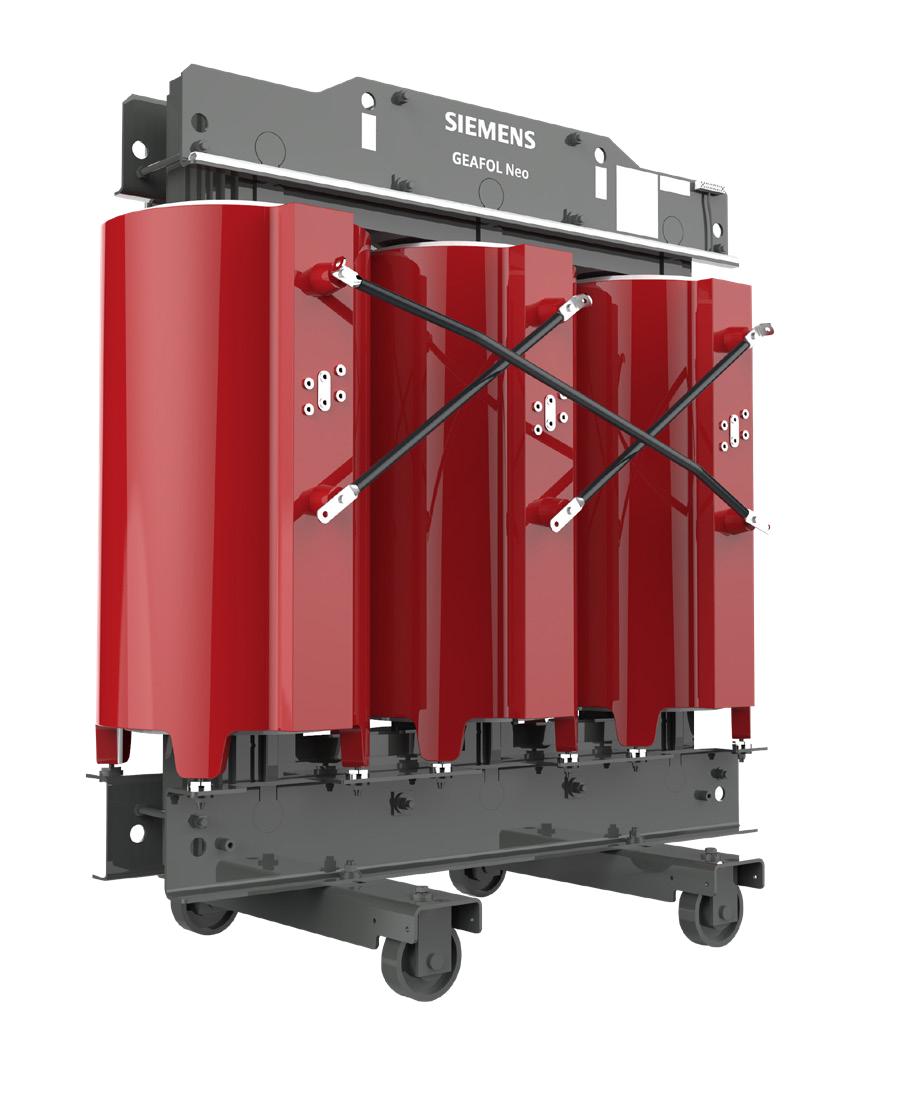Transformer technology plays a critical role in electrical systems, with EI laminations being one of its core components. These laminations are designed to minimize energy losses and enhance efficiency.
EI lamination refers to the thin layers of silicon steel arranged in the shape of the letters “E” and “I” to form the magnetic core of a transformer. These laminations are used to reduce energy losses caused by eddy currents and improve the magnetic properties of the core.
Importance of EI Laminations in Transformers
1. Minimizing Eddy Currents:
– Laminations decrease the loop area for eddy currents, reducing energy losses.
– Insulated coatings between layers prevent the flow of these currents.
2. Enhancing Magnetic Efficiency:
– Silicon steel is chosen for its excellent permeability and low hysteresis loss.
– The lamination design optimizes the flow of magnetic flux.
3. Reducing Heat Generation:
– Lower energy losses translate to reduced heat, increasing transformer lifespan.
EI laminations are a cornerstone of transformer design, ensuring high efficiency, durability, and performance. Their importance spans across various applications, from power distribution to specialized industries. As technology advances, innovations in EI lamination will continue to drive the evolution of transformer efficiency and sustainability.

